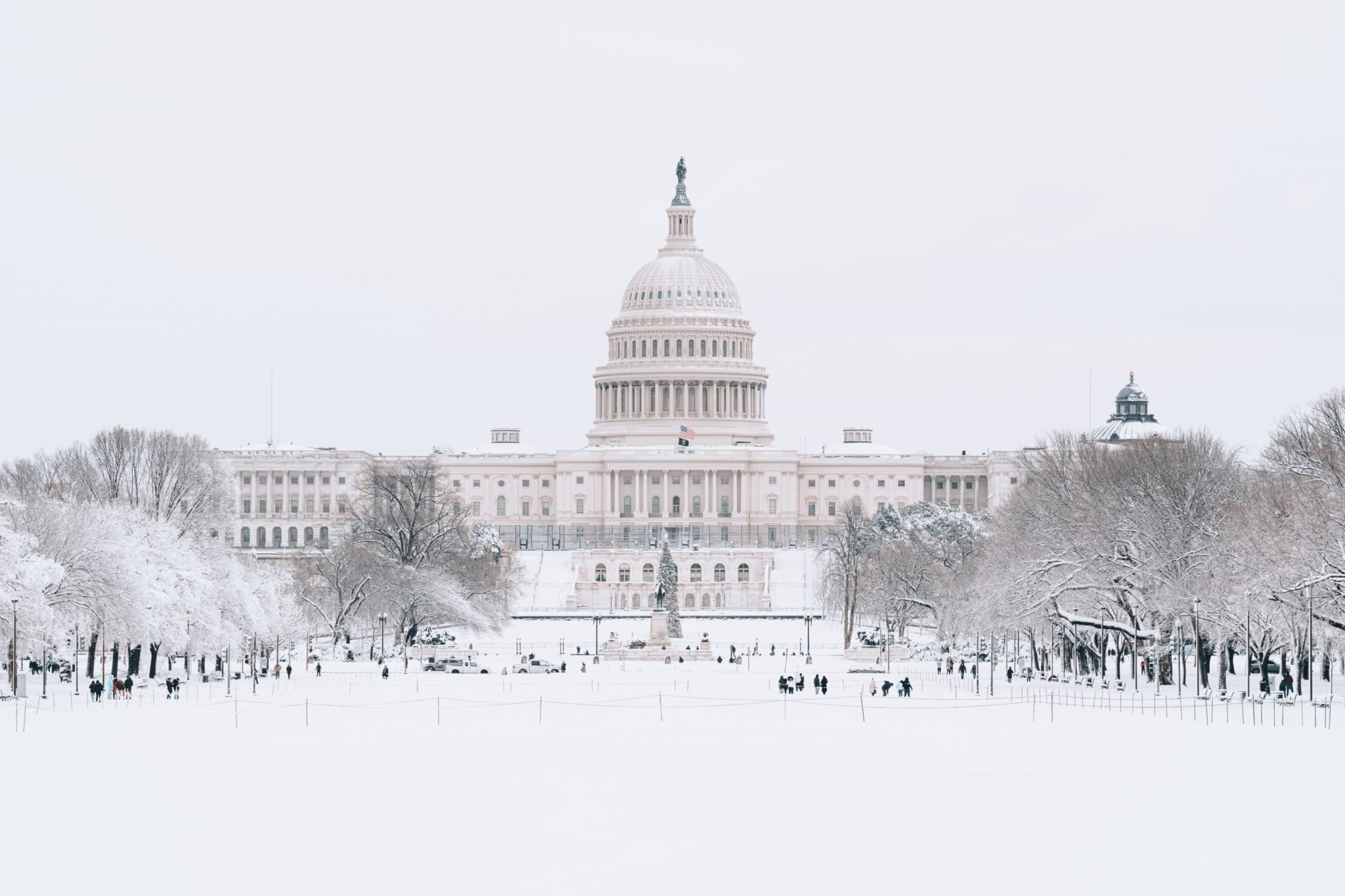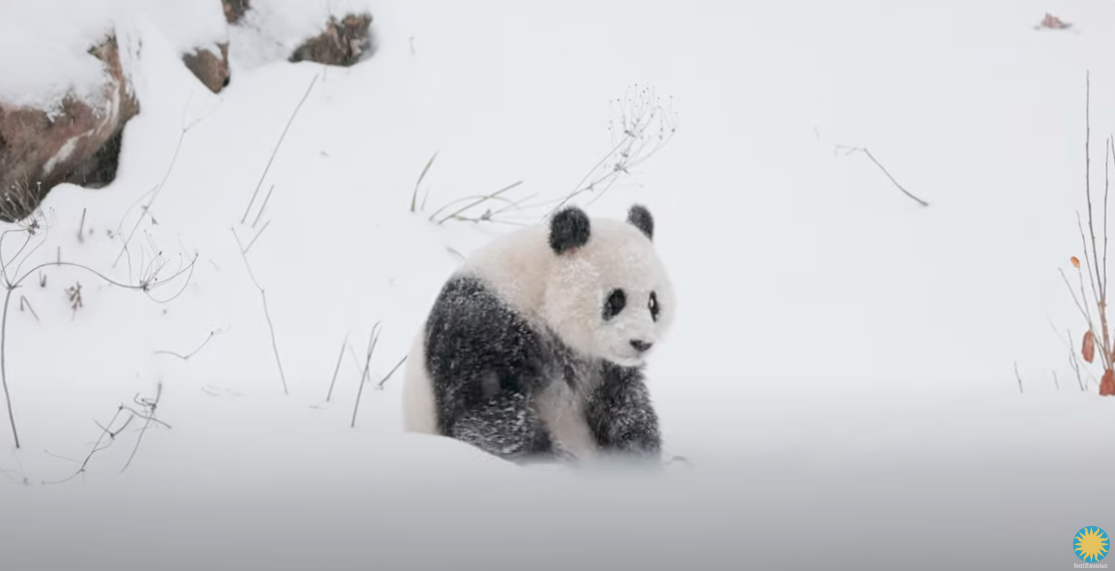After being cheated out of a proper winter wonderland for the past few years, DC snow fans may find comfort in this year’s forecasts. Last winter, DC barely saw a single snowflake, and temperatures were much warmer than average (one day in February even reached 81 degrees). This year’s El Niño climate pattern–the first since the 2018-2019 winter–could shake things up.
During an El Niño winter, the natural warming of the Pacific Ocean affects weather patterns, bringing warmer, wetter weather to the southern US, which could then spark storms and precipitation up the East Coast. Previous El Niños were responsible for DC’s 2016 snowstorm (18 inches!) and the massive Snowmageddon of 2010. With El Niño back, the Washington Post’s Capital Weather Gang predicts above-average snowfall in the DC area for the first time in five years.
The Post is forecasting 16 to 22 inches of snow at Reagan National Airport and 25 to 30 inches at Dulles International Airport this winter—well above usual averages in the area. They put the odds of a major snowstorm at 35 percent, based on the expectation that this El Niño will be moderate. If the El Niño becomes particularly strong, temperatures could be persistently warm, getting in the way of a snowstorm.
“We’re estimating there will be six or seven accumulating snow events in the immediate area, with a couple more in our colder suburbs to the west and north. This doesn’t include dustings or ice events,” the Gang writes. Don’t hold your breath for a white Christmas, though. Much of the snow will happen between January and March, they predict, with February seeing the most flakes.
NBC Washington’s Storm Team4 also forecasts high amounts of snow, with an estimate of 22 to 30 inches for the I-95 corridor and the DC area. And they similarly predict that peak snow and storminess will arrive in late winter, especially February.
WUSA9’s winter outlook, based on information from the National Oceanic and Atmospheric Administration, echoes that East Coasters can expect storms later into the winter season, but says that snowfall will likely occur in bursts. Aside from scattered snowfall, the NOAA expects the winter to be mild with higher than average temperatures. The winter forecast from FOX5 aligns with the NOAA’s predictions: warmer temperatures and heavier precipitation in one to two isolated events.



















